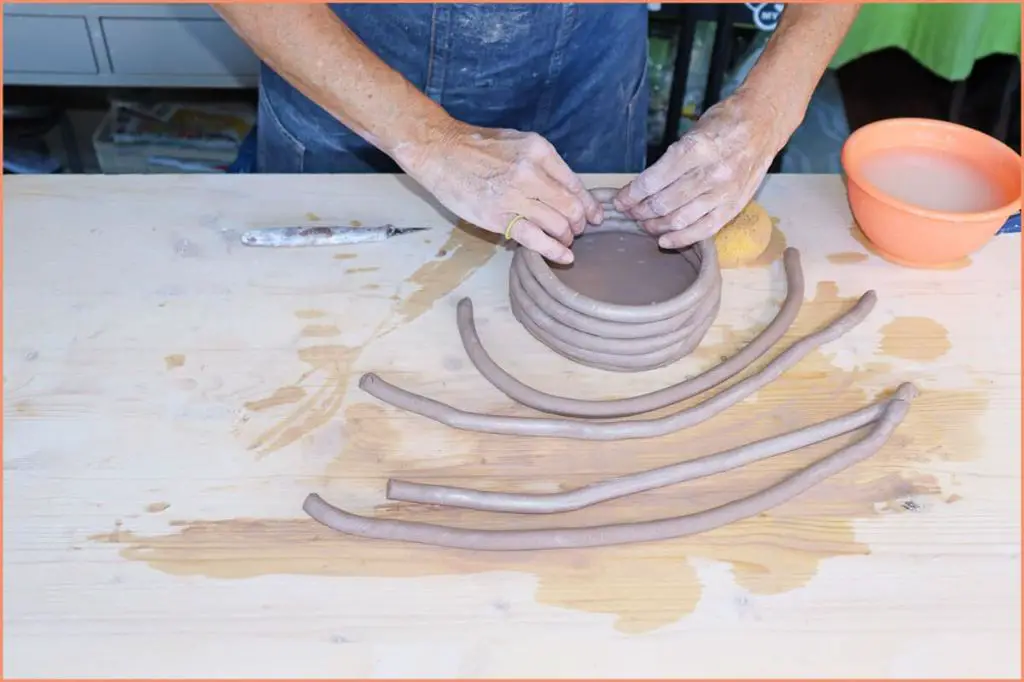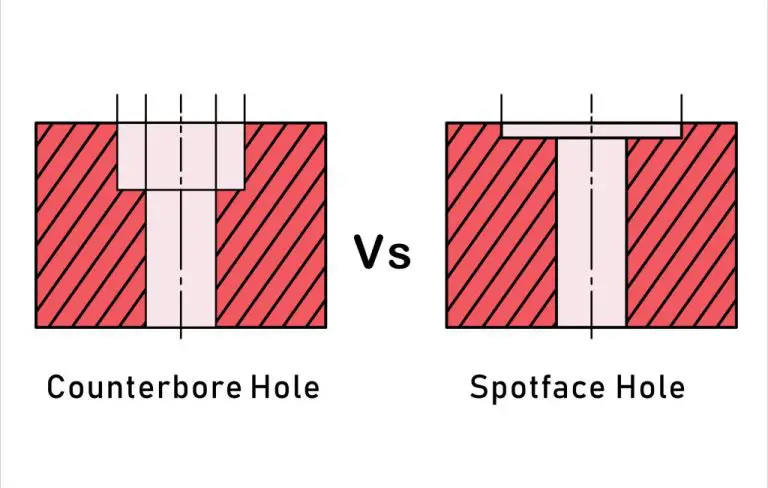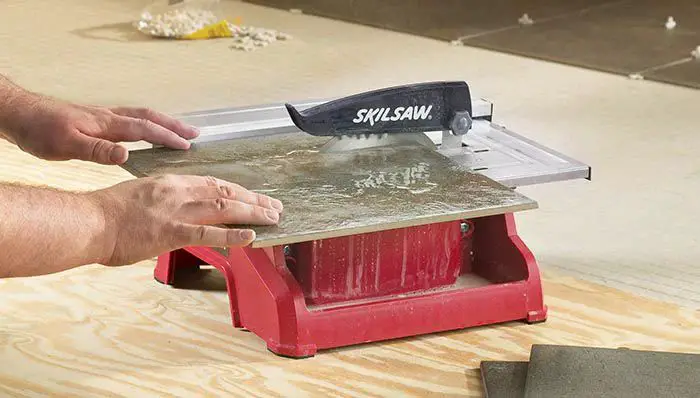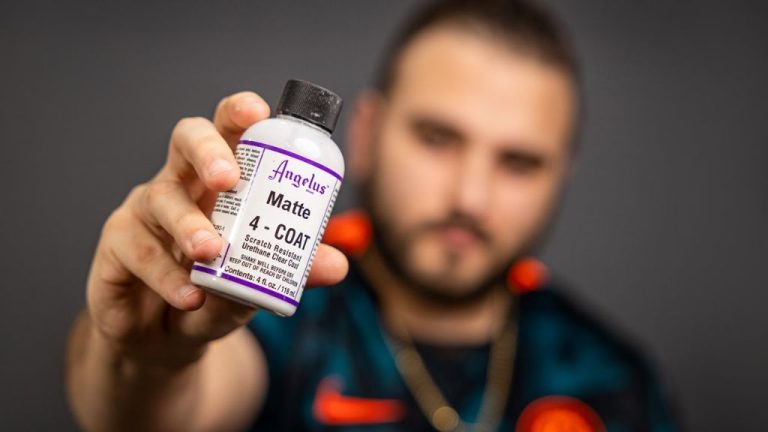Are Clay Extruders Worth It?
What is a Clay Extruder?
A clay extruder is a tool used in pottery and ceramic arts to produce consistent ropes or tubes of clay. It works by pushing clay through a shaped die to create a uniform profile. According to Pottery Crafters, clay extruders typically consist of a barrel or tube to hold the clay, a plunger or auger to push the clay through, and a die or template that shapes the extruded clay.
Clay extruders allow potters and ceramic artists to quickly produce coils, ropes, and tubes with a flawless consistency. This saves time compared to hand-rolling coils and provides greater precision. The extruded clay pieces can then be assembled into larger sculptural forms or functional wares. Extruders give artists more control over the size and uniformity of extruded clay elements.
There are various types of clay extruders. Hand extruders are manually operated, while powered extruders use an electric motor to drive the auger. Extruders may be mounted on a worktable or wall, or designed as portable benchtop units. The shape of the die opening determines the profile of the extruded clay, such as round, square, or rectangular.
Benefits of Using a Clay Extruder
Using a clay extruder offers several benefits for potters and ceramic artists. One of the main advantages is that an extruder saves significant time and effort compared to hand-forming pieces.
Extruding allows you to quickly produce long columns, tubes, or other shapes with consistency and uniformity (Soul Ceramics). This helps streamline the process and can be especially useful when creating multiples of the same shape and size.
Another major benefit is the ability to experiment with new forms and designs. By using different shaped dies and nozzles, extruders allow you to easily explore unique shapes that would be difficult to craft by hand (Pottery Crafters). The precision of extruders enables more intricate detailing as well.
In summary, clay extruders can save potters substantial time while also enabling consistency and creativity in their work.
Downsides of Clay Extruders
While clay extruders provide many benefits, they also come with some drawbacks that should be considered before deciding to purchase one. Some of the main downsides of clay extruders include:
Expensive upfront costs: Quality clay extruders can be quite pricey, with prices ranging from a few hundred to over a thousand dollars depending on the model and features. This significant upfront investment may not make sense for hobbyists or those new to working with clay. As cited from (https://thebluebottletree.com/czextruder-review-polymer-clay-extruder/), “expensive (but worth it)” is a common downside.
Steep learning curve: It takes time and practice to learn how to properly use a clay extruder and master techniques to avoid flaws or inconsistencies in the extruded clay. Expect a learning curve, especially if new to working with extruded clay. Rushing the process without building skill can lead to frustration. Taking the time to learn best practices is key.
Less hands-on approach: Some artists find extruding clay removes some of the hands-on nature and control versus hand-forming pieces. The process can feel more mechanical and distant. However, extruders still allow for creativity in applying the extruded forms.
Types of Clay Extruders
There are three main types of clay extruders: manual, motorized, and hydraulic. Each has its own features and ideal use cases.
Manual extruders are operated by hand using a crank or lever mechanism. They allow the potter to control the speed and pressure when extruding clay. Manual extruders like the Bailey System Extruder are simple, affordable options well-suited for small studios or home potters.
Motorized extruders use an electric motor to drive the auger and extrude clay at a constant speed. This allows for consistency and efficiency when producing multiple pieces or long coils. Motorized extruders are good for production studios and classrooms. However, they offer less direct control over speed and pressure.
Hydraulic extruders utilize hydraulic pressure to push clay through the die. The pressure can be precisely controlled allowing for very consistent results. Large hydraulic extruders are ideal for manufacturing or studios needing to extrude a high volume of clay. However, they require more space and significant investment.
Cost Comparison
The cost of a clay extruder can vary widely depending on whether you choose a manual or electric model. Manual extruders like the Mudtools Basic Extruder or Clay Boss extruder start around $150-200. These provide a cost-effective option for small studios or hobbyists. Electric extruders have more power and larger capacity but come at a higher price point. Entry-level electric models like the Peter Pugger start around $800 while industrial-grade extruders can cost $2000 or more. The Sheffield Pottery 25 Extruder is over $7500.
Factors affecting the price include size/capacity, materials, and features. Larger extruders with stainless steel construction will be more durable but cost more. Electric extruders require an added motor and controls. Overall, both manual and electric extruders can be a smart investment for improving efficiency, although the initial cost may be higher for electric.
Ease of Use
Clay extruders are relatively easy to use for most skill levels. They typically require little maintenance other than occasionally oiling the clay barrel and cleaning out any dried clay. According to Pottery Crafters, clay extruders are simple hand-powered devices that do not require much skill to operate effectively. The basic hand-crank extruders mainly require the ability to turn the handle at a steady pace to produce even, consistent clay forms. More advanced extruders like piston or screw-type models may have some additional parts to disassemble and clean, but are still straight-forward for most users.
One tip from The Art of Education University is to practice extruding clay at different speeds to find the right pace for the particular clay consistency. Softer clay can be extruded more quickly, while stiffer clay requires a slower, steadier speed. Taking the time to get the feel of the extruder and clay is worthwhile for producing the desired forms and designs. Overall, clay extruders are accessible tools for clay artists of all levels looking to streamline their workflow and add new creative capacities.
Sample Projects
Extruders can be used to create a wide variety of pottery and ceramic pieces. Here are some common projects made using clay extruders:

Extruders are great for making long coils and snakes of clay that can then be formed into different shapes. Coiled pots, bowls, and vases are very popular extruder projects (source: https://www.pinterest.com/amylynne50/clay-extruder-projects/). The extruded coils can be stacked or woven together to build up vessel shapes.
Extruders allow potters to quickly produce consistent lengths of clay for handbuilding techniques. This makes extruders ideal for slab building projects like trays, plates, and boxes (source). The extruded clay can be cut into uniform slabs and assembled.
Patterned clay can be created by extruding contrasting colors of clay through attachments. The patterned clay snakes can be used to decorate pots and bowls with stripes, swirls or zig-zags designs (source).
Small extruder nozzles allow potters to produce delicate decorations like flowers, leaves, tentacles orGeometric shapes can be extruded as embellishments for pots, sculpture and jewelry pieces (source).
Clay Requirements
When using a clay extruder, the properties of the clay are very important for getting good results. According to the Studio Manager article https://www.thestudiomanager.com/posts/wall-mounted-clay-extruder-buyers-guide, polymer clays that are soft and pliable tend to work best with extruders. Softer clays like Sculpey III, Premo, and Fimo Professional are recommended over firmer clays like Super Sculpey and original Sculpey.
Softer clays require less force to push through the extruder and are less likely to get stuck. They also hold their shape better after extruding compared to firmer clays that can distort. Polymer clays like Premo and Fimo Professional have enough strength after curing to make durable extruded pieces. Avoid clays that are too soft or sticky like Model Magic, which won’t hold fine details from extruder disks well.
Proper conditioning of the clay is also important. Kneading the clay thoroughly before extruding ensures an even consistency without air bubbles that could interrupt the extruding process. according to a Reddit user https://www.reddit.com/r/polymerclay/comments/t0tepp/recommend_clay_extruder/, clays like Premo Sculpey benefit from being conditioned for 5-10 minutes before extruding for best results.
Safety Tips
When using a clay extruder, it’s important to follow safe practices to avoid injury. Here are some key safety tips:
Wear safety goggles to protect your eyes from flying clay particles (see claybucket.com). Clay extruders can fling clay at high speeds which could potentially cause eye injuries.
Keep hands away from the auger and die during operation. The auger is very powerful and could catch fingers or hands (see soulceramics.com). Only operate the controls, never reach into the barrel.
Make sure the extruder is stable and secured. Don’t let it wobble around to avoid tipping and falls.
Pay attention during use. Stay focused on the extruder and clay flow. Don’t get distracted.
Allow clay and extruder parts to cool before handling. After extended use, the barrel and dies can get hot.
Clean equipment after each use. Remove any wet clay so it doesn’t clog up the extruder.
Follow manufacturer safety guidelines. Read the instruction manual thoroughly.
Work in a clear, open space. Have room to safely operate the extruder and collect extruded clay.
Avoid loose clothing or jewelry. Tie back long hair so it doesn’t get caught in moving parts.
Conclusions
When deciding if a clay extruder is worth investing in, it comes down to weighing the pros and cons for your specific needs. The main benefits of using a clay extruder are the ability to create consistent, uniform pieces and hollow forms much faster than handbuilding. Extruders are particularly useful for architectural elements, cylindrical forms like vases, and extruding long “snakes” of clay for handbuilding. They save time and physical effort compared to wedging, rolling, and smoothing clay by hand. The downsides are the high upfront costs, large space requirements, and learning curve. Extruders also limit the organic, handmade aesthetic that some prefer with clay.
Ultimately, a clay extruder is worth the investment for ceramic artists, potters, or studios that frequently need to produce multiple identical pieces or hollow forms. The time and effort saved will quickly offset the costs. But extruders may not be essential for those focused on sculptural or decorative work that doesn’t require uniform pieces. For small budgets or spaces, consider a handheld extruder first before investing in a more advanced wall-mounted or motorized model. Take time to learn proper use and maintenance to get the most out of any clay extruder.



